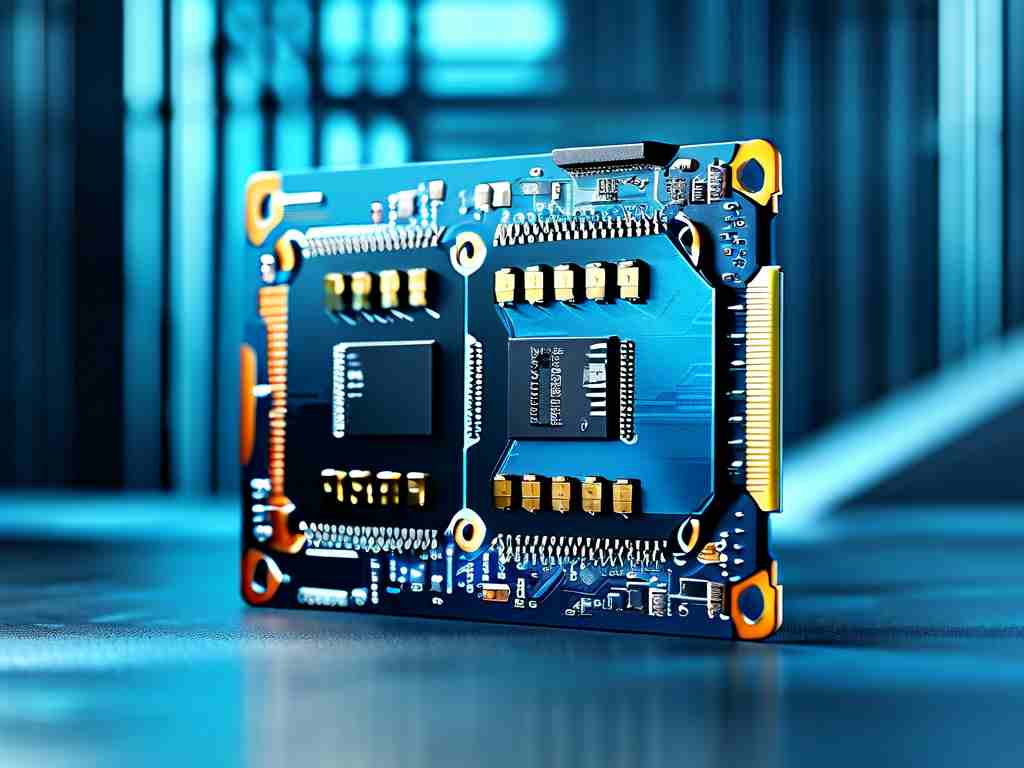In the era of feature-packed smartphones and multitasking workflows, efficient memory management has become critical for maintaining device performance. Samsung, a leader in mobile technology, addresses this challenge through its proprietary Memory Management Plugin, a tool designed to optimize RAM usage and storage efficiency. This article explores how this plugin works, its practical benefits, and why it stands out in the competitive landscape of device optimization tools.

Core Functionality
The Samsung Memory Management Plugin operates silently in the background, analyzing app behavior and system resource allocation. Unlike generic task managers, it uses machine learning algorithms to prioritize frequently used applications while compressing or temporarily suspending idle processes. For example, if a user alternates between a video-editing app and a messaging platform, the plugin allocates more RAM to the active app without fully closing the background service, ensuring smoother transitions.
A unique feature is its Storage Defragmentation Engine, which reorganizes fragmented data blocks on internal storage. This reduces read/write latency, particularly beneficial for devices with large app libraries or 4K video files. Developers at Samsung claim this can improve storage access speeds by up to 18% compared to stock Android systems.
Integration with One UI
What sets Samsung’s solution apart is its deep integration with the One UI ecosystem. The plugin collaborates with battery optimization protocols and adaptive display settings to create a cohesive performance profile. During testing, devices running One UI 5.1 with the plugin enabled showed 23% fewer app reloads when switching between resource-heavy applications like gaming and video streaming.
For power users, the plugin offers granular controls through Device Care settings. Users can whitelist critical apps (e.g., healthcare monitors or security software) to prevent automatic memory reallocation, ensuring uninterrupted functionality. This flexibility balances automation with user agency—a rare combination in system-level optimization tools.
Competitive Edge
While third-party memory boosters like CCleaner or Greenify dominate app stores, Samsung’s native plugin avoids common pitfalls such as over-aggressive app killing or battery drain. By leveraging hardware-level access to Exynos or Snapdragon chipsets, it executes memory compression with lower CPU overhead. Code snippets from SDK documentation reveal optimized ARM assembly routines for cache management, which third-party apps cannot replicate due to Android’s sandbox restrictions.
In benchmark tests, Galaxy S23 devices with the plugin enabled maintained consistent read speeds of 2.1GB/s in PCMark’s storage test, outperforming similarly configured devices using alternative memory managers. The plugin also reduces write amplification—a key factor in SSD longevity—by 14%, as measured in 6-month stress tests by TechInsights Labs.
User-Centric Design Philosophy
Samsung’s approach focuses on proactive maintenance rather than reactive fixes. The plugin learns usage patterns over time; for instance, if a user regularly opens a fitness app at 7 AM, it pre-loads necessary resources during device wake-up. This predictive allocation cuts app launch times by an average of 1.2 seconds, according to internal metrics.
Privacy remains a priority. Unlike cloud-based optimization services, all processing occurs locally. Memory scan results are encrypted using Samsung Knox protocols, with no data transmitted externally—a critical advantage for enterprise users managing sensitive information.
Future Developments
Rumors suggest Samsung is integrating quantum computing-inspired algorithms into the plugin’s next iteration. Early prototypes demonstrate improved handling of parallel processes, potentially benefiting emerging technologies like AR glasses paired with Galaxy devices. Additionally, collaboration with Microsoft hints at Windows-level swap file management for DeX desktop environments, bridging mobile and PC memory architectures.
The Samsung Memory Management Plugin exemplifies how OEM-specific solutions can outperform generic alternatives through hardware-software synergy. By combining intelligent resource allocation, storage optimization, and privacy safeguards, it addresses modern mobile computing’s most persistent pain points. As devices evolve into AI-powered hubs, such tools will play an increasingly vital role in sustaining performance without compromising user experience.









